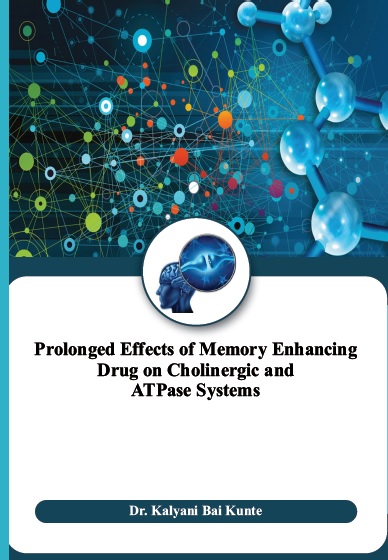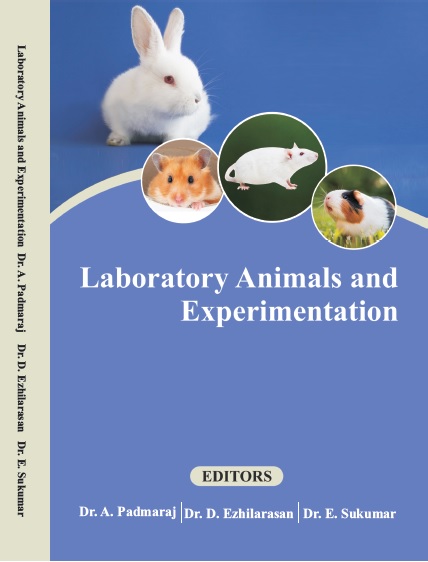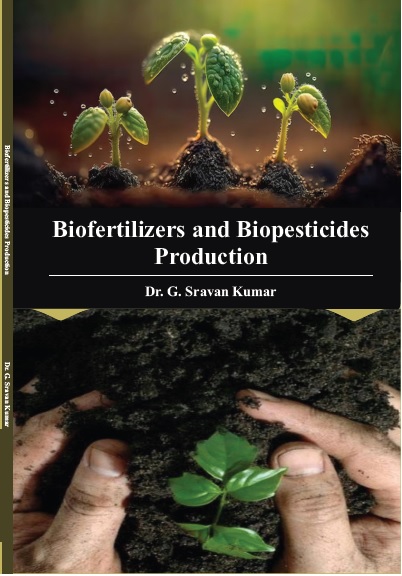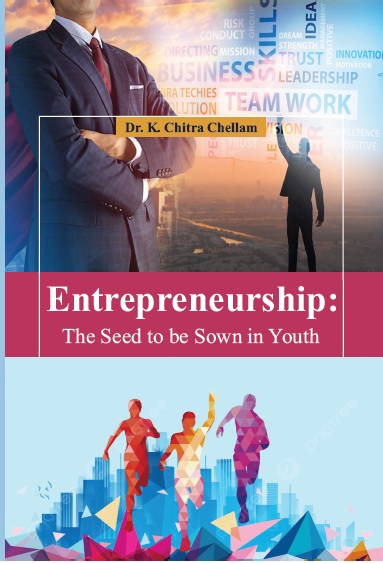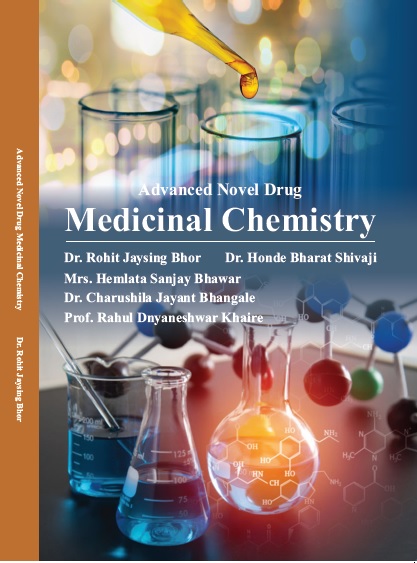SCIENCES AND ENGINEERING
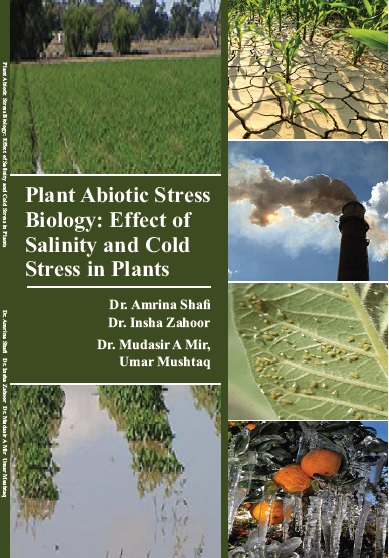
Plant Abiotic Stress Biology: Effect Of Salinity And Cold Stress In Plants
by Dr. Amrina Shafi
ISBN Number : 978 - 1- 73031 - 369 - 1
Authors Details
| Author Name | Image | About Author |
|---|---|---|
| Dr. Amrina Shafi |  |
Dr. Amrina Shafi, Research Associate: Ph.D. Biological Science, (CSIR-JRF-UGC-NET)
The author has a fair knowledge of tissue culture, transgenic technology, handling and proper disposal of transgenic
material in greenhouse and field evaluation of improved traits, plant genetics, stress biology and molecular studies.
She has extensively worked on Illumina Genome Analyser and papers are published in peer-viewed journals (Plant
Molecular Biology, PLosOne, Protoplasma and PMB Reporter). She is well versed with most of the desired
molecular techniques and possesses excellent proposal/project writing and communication skills. She has
Ph.D.thesis in life science from (AcSIR), New Delhi. Ph.D. thesis entitled “Structural and Functional Changes
in response to Abiotic stress in Arabidopsis thaliana (Ecotype Col-0) Overexpressing SOD and APX”under the
supervision of Dr. P. S. Ahuja (Director, CSIR-IHBT, Palampur, H.P). Project Handled- The project entitled
''Bioprospecting Himalayan Bioresources through Transgenic and Nutraceutical Technology” sponsored by
DBT, New Delhi, India. Presently working as Research Associate in Department of Biotechnology, University of
Kashmir in the project entitled “National Mission on Himalayan Studies (NMHS)” sponsored by Ministry of
Environment, Forest, and Climate Change |
| Dr. Insha Zahoor |  |
Dr. Insha Zahoor, M.Sc (Gold Medalist), M.Phil, Ph.D Biotechnology from Department of Biotechnology,
University of Kashmir.
Field of Ph.D study:
Achievements: CSIR-UGC NET 2010, 2012; SLET 2010; GATE 2011
Membership: Editorial board member of Current Updates in Neurology and Neuroscience.
Present Work: Working as Women Scientist at Molecular Neurobiology Lab, Department of Biotechnology
University of Kashmir, for the Department of Science & Technology (DST), Govt. of India, New Delhi, funded
project under Women Scientists Scheme (WOS A).
Research Interests: Understanding the etiology, genetics, and pattern of Multiple Sclerosis in Kashmiri population.
Achievements: Research findings have been published in journals of international repute including Neurological
Sciences, Multiple Sclerosis, etc. |
| Dr. Mudasir A. Mir |  |
Dr. Mudasir secured M.Sc degree from Bangalore University, M.Phil and Ph.D from Bharathidasan University,
Tiruchirapplli, Tamil Nadu. He has obtained his Ph.D on plant derived bioactive small molecules along with
molecular characterization of different medicinal and aromatic plant species. Dr. Mudasir has also completed
Diploma in Medical Laboratory Technology from Govt. Medical College Srinagar. He has qualified CSIRUGC/
ASRB NET examinations. Post Ph.D he has worked as a Lecturer in Biotechnology for the period of 2 years
in various prestigious Govt. Colleges of J&K. He has published 7 research articles and a book chapter in national
and international journals. Currently he is working as Research Associate at Centre for Plant Biotechnology,
Division of Biotechnology, Sher-e-Kashmir University of Agricultural Sciences and Technology Kashmir,
Srinagar under DST-SERB, Govt. of India funded project on production of scab resistant apple varities using gene
cloning technology. He has professional membership with the Americian Society of Pharmacognosy (USA),
Phytochemical society of Europe (U.K), World Association of young scientists and the Biotech Research Society
(India). His areas of interest are plant molecular biology, genetic engineering, extraction of natural bioactive
molecules, and conservation of Biodiversity etc. |
| Mr. Umar Mushtaq |  |
Mr. Umar Mushtaq: (CSIR-JRF-NET), M.Phil The Author is currently pursuing PhD in the subject of
biotechnology in the University of Kashmir, Srinagar, Jammu and Kashmir. He is working on the signal
transduction mechanism of Alzheimers disease. He has many publications in national and international journals to
his credit. Some of the worth mentioning journals are Apoptosis, Neuromolecular medicine, Cancer Investigation
etc. He has also written a book chapter in the Encyclopedia of Signaling Molecules on Gamma-1-syntrophin
protein. Author has qualified many nation level competitive exams which include CSIR-JRF, UGC NET, and ICAR
NET. He has also qualified the State Level Eligibility Test for Lecturership. |
Book Description
Plants are continually challenged to recognize and respond to environmental stresses so as to avoid adverse effects on growth and development. Acclimation of plants to changes in their environment requires a state of cellular homeostasis achieved by a delicate balance between multiple pathways that reside in different cellular compartments. This coordination may, however, be disrupted during different stresses, especially when the cell or the entire plant is exposed to a rapid decrease in water potential, or when additional environmental parameters are involved (Mittler et al., 2006). When different pathways are uncoupled, electrons that have a high-energy state are transferred to molecular oxygen (O ) to form reactive oxygen species (ROS; Takahashi and Asada, 1988; Mittler, 2 2002). ROS, such as 1O , H O , O ·- and HO·, are toxic molecules capable of causing 2 2 2 2 oxidative damage to proteins, DNA and lipids (Apel and Hirt, 2004). Under optimal growth conditions, ROS are mainly produced at a low level in organelles such as chloroplasts, mitochondria and peroxisomes. However, during stress, their rate of production is dramatically elevated. Injury caused by these oxygen derivatives is known as oxidative stress. This can upset the cellular homeostasis of oxygen free radical production and quenching, and tests the antioxidant capacity of the aerobic cell. Stresses largely influence mechanisms outside the normal range of homeostatic control (Lerner, 1999), that triggers change in its metabolite profile, like formation of compatible solutes, antioxidants, phytoalexins, protein protectants and cryoprotectants (Bohnert and Jehsen, 1996). Therefore, in the current section we have reviewed various stresses, their regulation mechanisms and subsequent effects on plant growth and development.





